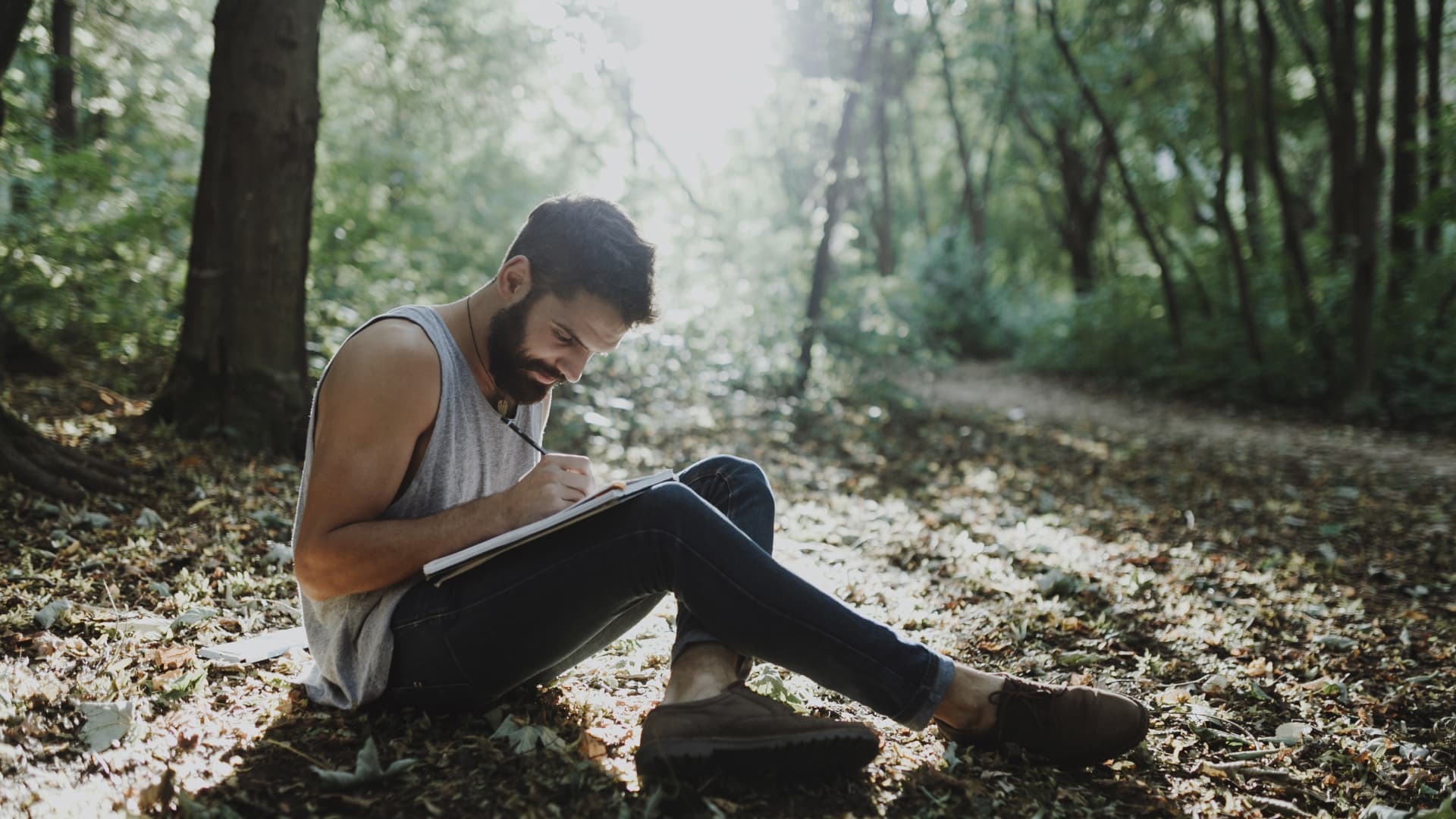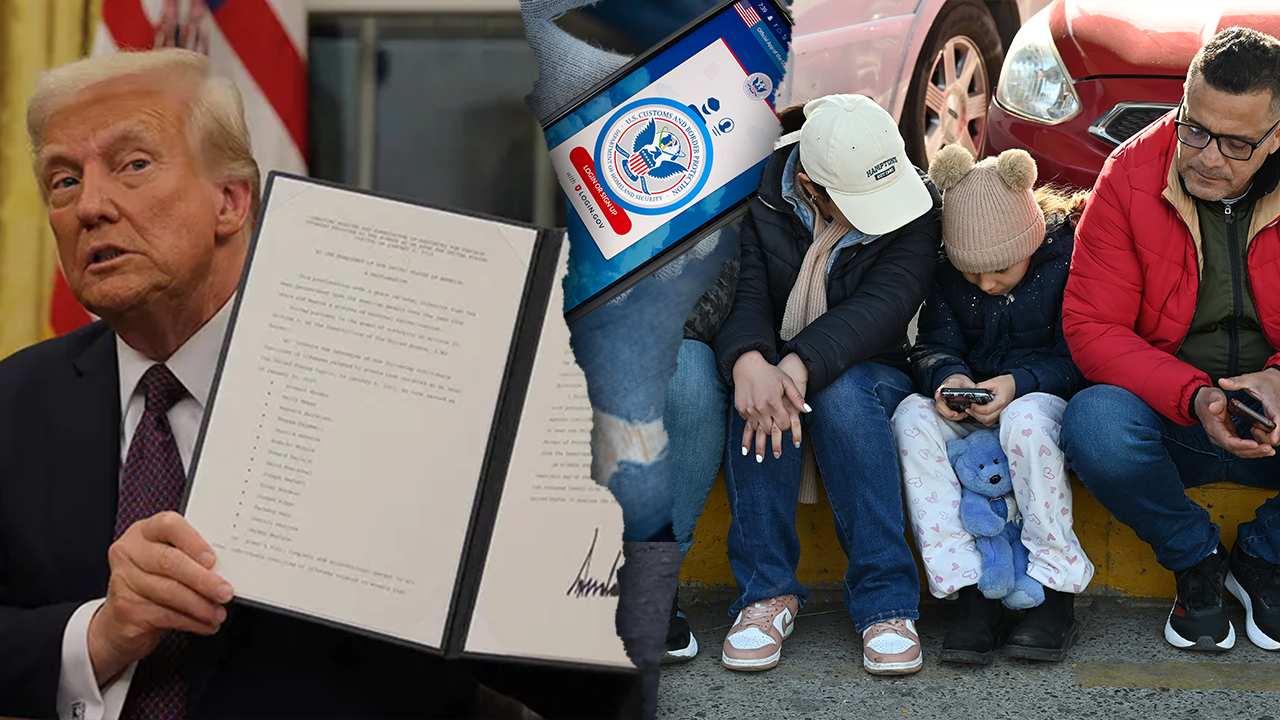Over the past 45 years, she has written and published more than 175 books for adults and children. Sometimes the number surprises me, because I didn't plan to be an author.
Early in my career, I realized that being a successful writer isn't just about crafting compelling stories. I needed to be a sponge, read widely and broaden my perspective.
By adopting Apple co-founder Steve Jobs' quote that “creativity is just connecting things,” I gave myself permission to follow my interests wherever they led me.
To that end, I've written about topics as diverse as marine biology, job interviews, teaching, creativity, baseball, archeology, American history, autobiography, tsunamis, and nocturnal creatures.
Don't miss: The ultimate guide to earning passive income online
In my last bookIn search of the old“, about the longest life Trees in the United States, I immersed myself in the study of tree rings and social psychology. I still have a lot of ideas that I'm excited to pursue.
These are the four creativity Principles that have served me well for more than four decades.
1. There is no single “correct” answer.
I was a professor of education for almost 30 years.
Many of us, teachers and students alike, have been taught to believe that to every problem there is only one correct response. This is simply not true. Rarely do we have the opportunity to consider a large number of potential solutions to any intellectual challenge.
This in itself is a problem, because as inventor and author Roger von Oetsch says, “If you believe there is only one right answer, you will stop looking as soon as you find it.”
You have to give yourself space to imagine all the possibilities.
I recently invited participants in a creativity workshop I conducted to create as many different uses for a paper clip as possible in five minutes. They came up with 57 ideas including an inexpensive nose ring, ear cleaner, lock pick device, small fishing rod, bookmark, ant spears, cheese cube holder, tie clip, and more.
Focusing on a one-right-answer mentality forces us into a “no risk” mentality. But creativity is a constant generation of options, and rarely a search for single answers. In my writing, I am also constantly searching for multiple approaches and perspectives.
2. Allow yourself to make mistakes
The most creative people tend to have the most failures.
James Dyson created 5126 Unworkable prototypes Before the invention of the Dyson vacuum cleaner. Thomas Edison spent more than two years trying to improve his light bulb. When asked about this period of trial and error, He pointed out“I've gotten a lot of results! I know several thousand things that won't work.”
When I was writing Looking for Old Things, I went through 21 separate drafts over the course of 12 months. I was not frustrated by the errors that I knew would be present in these drafts. Instead, I saw it as an opportunity to make changes and improvements.
The process itself is part of the fun of the experience for me.
Keep in mind that creativity is not about perfection. Searching for the perfect idea severely limits your thinking, as well as your expression.
3. The more curious you are, the more creative you will be
The most creative people I know are able to remember and tap into a childlike sense of wonder about the world.
Curiosity is the active consideration of the possible. It is the catalyst for questioning, and questioning pushes us to search for the unfamiliar and contemplate the unknown. It opens our minds so we can explore the unexamined and create the unexpected.
My latest book was inspired by learning that Bristlecone Pines have lived continuously in California's White Mountains for more than 4,000 years. Immediately, I had to know how they managed to survive We will miss you.
I tracked down scientific papers, went to experience trees first hand and contacted a number of dendrite experts.
When I started this process, I did not expect that I would have a book out of my research. But my curiosity has always been the foundation and driver of my creativity.
4. Believe that you have creative potential
We all have creative potential, just as we did when we were children. Often, unfortunately, our natural creativity declines over time.
The most creative people I know realize that creativity isn't about pleasing everyone. If you want people to agree with what you're doing, you're not creative. You are simply validating their preconceived ideas about what you should do. Therefore, there is no imagination, just confirmation.
As a professional educator for more than half a century, I have come to the conclusion that creativity also has absolutely nothing to do with IQ – and that traditional education, too often, forces students to memorize the irrelevant, remember the unnecessary, and consider superfluity. Trivial. As a result, we rarely have the opportunity to create, only to rewind.
True creativity is being comfortable with chaos. With each book, I see writing as a journey through something I've never experienced before. It's a celebration of the unknown, and we're all capable of that.
anthony d. Fredericks, Ed is Professor Emeritus of Education at York College in Pennsylvania. He is the author of Psychology Today Creative visions Blogger, and has written over 100 non-fiction books including “From low to high: the hidden forces crushing your creativity and how you can overcome them“,”Two Minute Habits: Small Habits, Dynamic Creativity“And his last work.”In Search of the Ancients: A Journey Among the Ancient Trees.“Follow him LinkedIn.
Do you want to make extra money outside of your day job? Enroll in the CNBC online course How to earn passive income online Learn about common passive income sources, tips for getting started, and real-life success stories.




